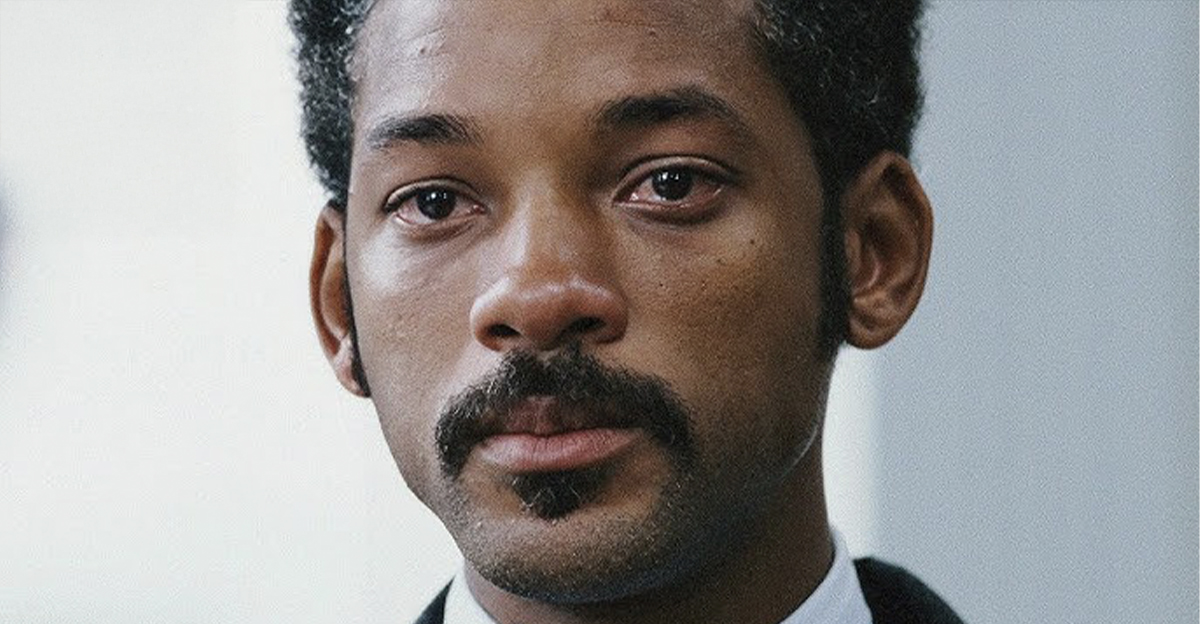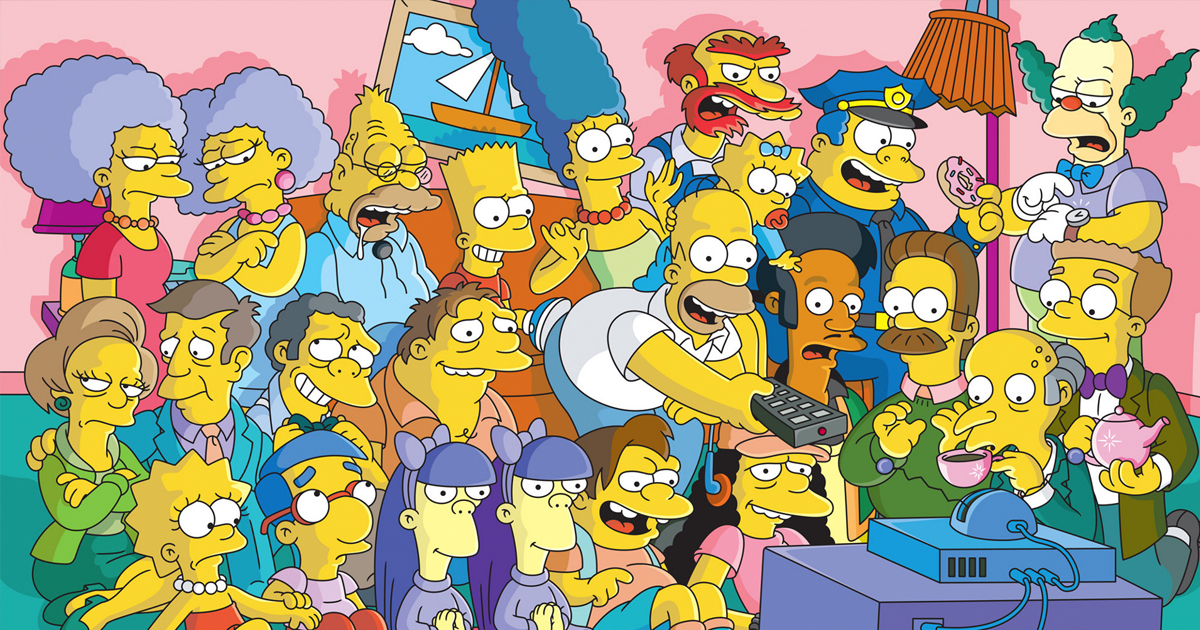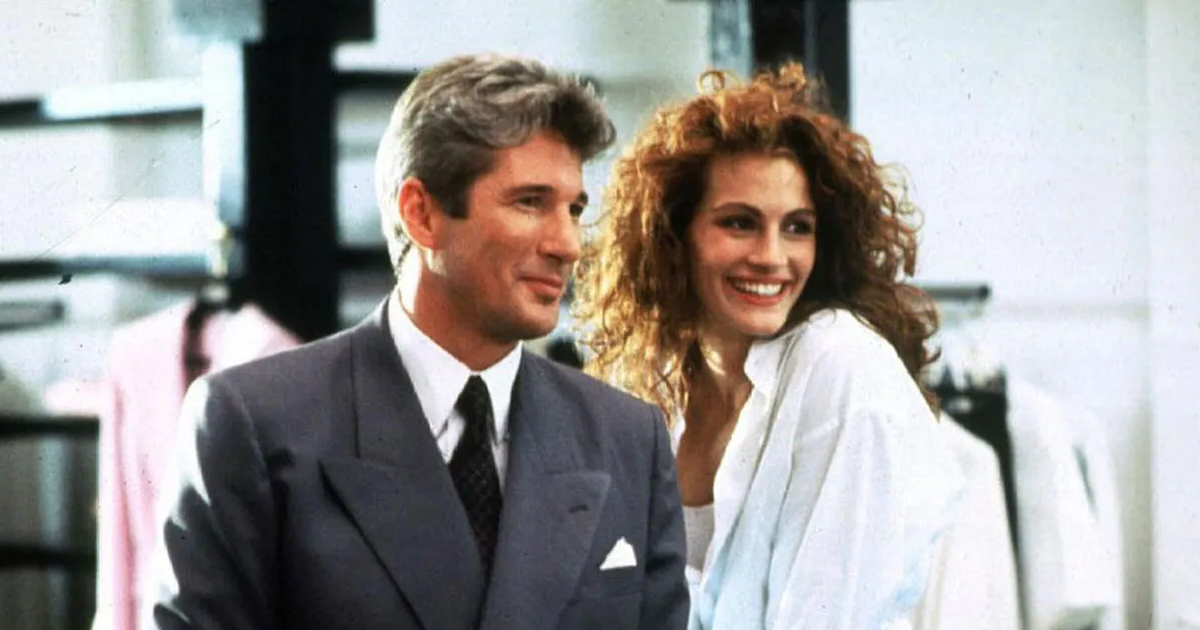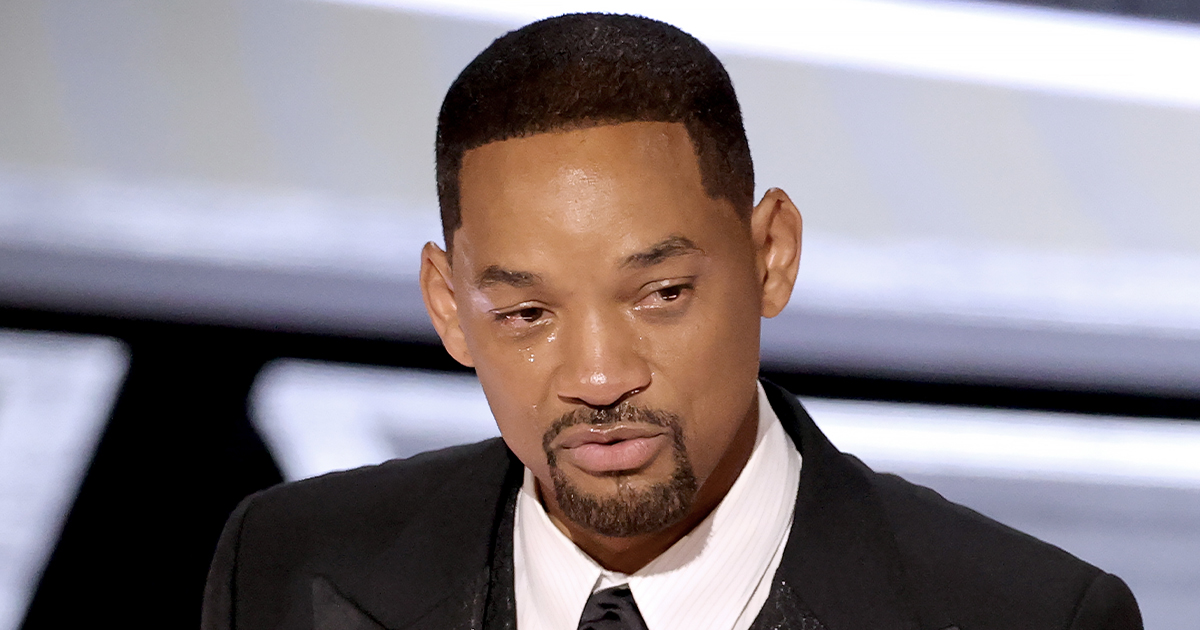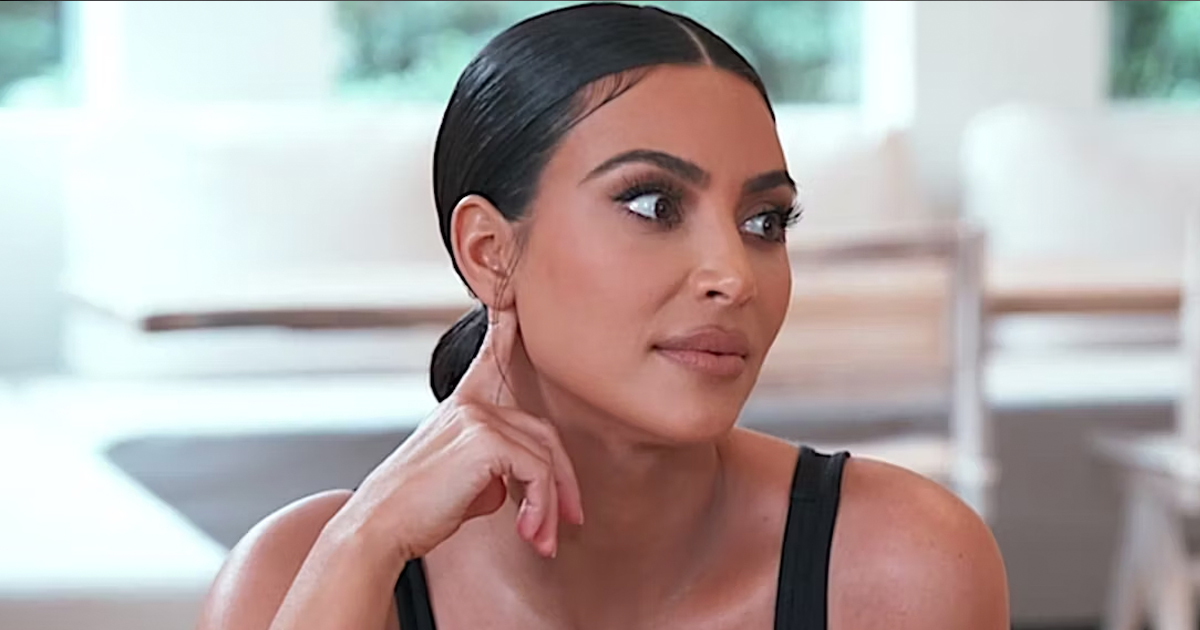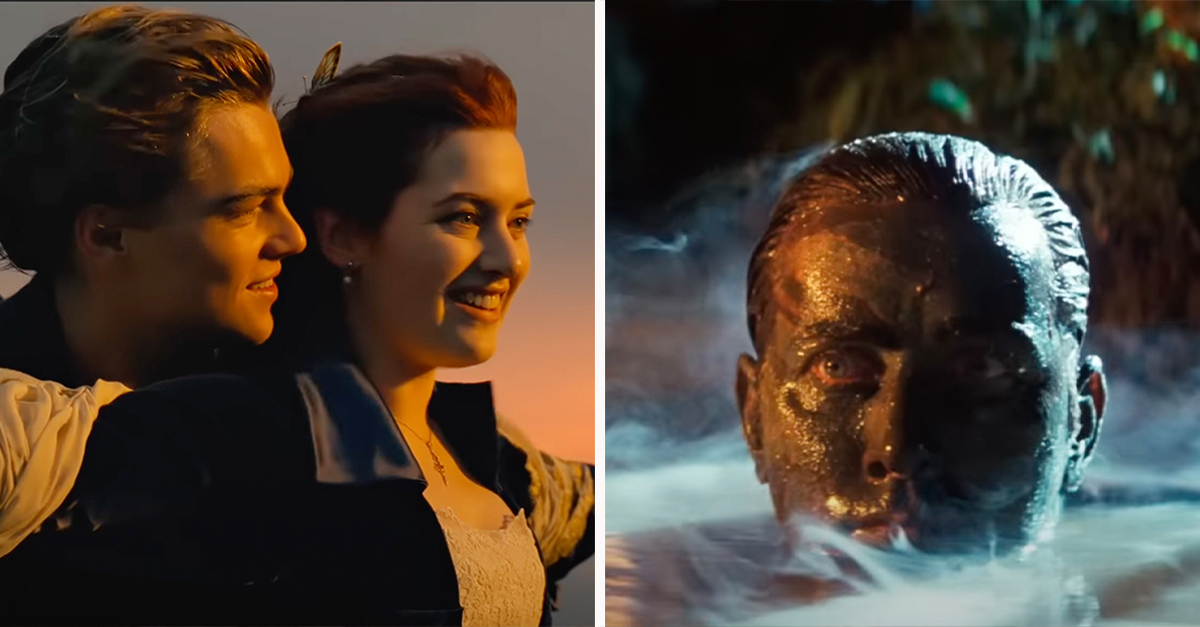Character Arcs Unlike Any Other
The magic of cinema often lies in transformation. From tales of redemption to tragic downfalls, these arcs are the emotional backbone of storytelling. Here are some of the most iconic character transformations ever captured on film.

Chris Gardner – The Pursuit Of Happyness
Chris Gardner’s arc is one of raw determination. Starting out broke, desperate, and nearly crushed by bad luck, he refuses to give up even when sleeping in subway bathrooms with his son. His transformation isn’t about sudden luck—it’s about proving resilience pays off, reminding us that perseverance can rewrite destiny. Will Smith captures both the pain and joy of Gardner’s journey, leaving us deeply invested in his triumph.
 Columbia Pictures, The Pursuit of Happyness (2006)
Columbia Pictures, The Pursuit of Happyness (2006)
Derek Vinyard – American History X
Derek begins as a bitter, hate-filled young man who channels rage into violence. Prison becomes the crucible that forces him to confront the consequences of his ideology, especially as he’s betrayed by the very system of hate he helped build. His painful realization, and the desire to stop his younger brother from repeating his mistakes, makes his transformation one of the most gut-wrenching and important in cinema.
 New Line Cinema, American History X (1998)
New Line Cinema, American History X (1998)
Will Hunting – Good Will Hunting
Will hides behind arrogance and aggression, terrified of letting anyone close enough to hurt him. His genius isolates him, and he lashes out whenever opportunity arises. It’s only through his therapy sessions with Sean (Robin Williams) that Will begins to trust, heal, and embrace the idea of a future beyond fear. His transformation is not sudden—it’s fragile, human, and ultimately uplifting.
 Miramax Films, Good Will Hunting (1997)
Miramax Films, Good Will Hunting (1997)
Michael Corleone – The Godfather Trilogy
Michael’s journey is often cited as one of the greatest arcs in film. He starts as the golden son who wants a legitimate life, but circumstances slowly entangle him in the family business. Each decision chips away at his humanity until he’s the cold, calculating head of the Corleone empire. By the trilogy’s end, Michael has lost almost everything that once made him human in a tragic fall disguised as power.
 Paramount Pictures, The Godfather Part II (1974)
Paramount Pictures, The Godfather Part II (1974)
Phil Connors – Groundhog Day
Phil begins selfish, cynical, and dismissive of everyone around him. Being trapped in the same day forces him to confront his worst qualities, as no shortcut or quick fix gets him out of the cycle. His growth into a man who learns empathy, compassion, and love is hilarious and heartwarming. His arc is a reminder that real change comes from within.
 Columbia Pictures, Groundhog Day (1993)
Columbia Pictures, Groundhog Day (1993)
Nina Sayers – Black Swan
Nina’s transformation is as much internal as it is external. Her desperate pursuit of perfection turns her into her own worst enemy, and her grip on reality begins to shatter. What makes her arc haunting is how her “success” comes at the ultimate cost: she finds perfection in the performance, but loses herself entirely. It’s both breathtaking and horrifying.
 Fox Searchlight Pictures, Black Swan (2010)
Fox Searchlight Pictures, Black Swan (2010)
Travis Bickle – Taxi Driver
Travis is alienated and angry, drowning in loneliness in the streets of New York. His descent into violent vigilantism feels both terrifying and tragically inevitable. His arc is about how isolation can distort morality, creating a character who is both a product of his environment and a cautionary tale about obsession. De Niro’s “You talkin’ to me?” moment epitomizes Travis’s fractured psyche.
 Columbia Pictures, Taxi Driver (1976)
Columbia Pictures, Taxi Driver (1976)
Han Solo – The Original Star Wars Trilogy
Han begins as a smuggler whose loyalty is only to his ship and his paycheck. Over time, friendships with Luke and Leia slowly soften his exterior, revealing a man capable of sacrifice and heroism. By the end, Han isn’t the rogue he once was, he’s a general in the Rebellion, fighting for a cause larger than himself. His arc balances humor, swagger, and heartfelt loyalty.
 20th Century Fox, Star Wars: Episode IV – A New Hope (1977)
20th Century Fox, Star Wars: Episode IV – A New Hope (1977)
Charles Foster Kane – Citizen Kane
Kane’s arc is the ultimate cautionary tale of ambition. He builds an empire of influence but loses touch with the people he loves, consumed by greed and loneliness. The mystery of “Rosebud” highlights how far he’s fallen—longing for the innocence of childhood after a life of hollow victories. His transformation isn’t a rise but a collapse, leaving behind a chilling legacy.
 RKO Radio Pictures, Citizen Kane (1941)
RKO Radio Pictures, Citizen Kane (1941)
Sarah Connor – The Terminator & T2: Judgment Day
Sarah’s growth from frightened waitress to hardened warrior is one of cinema’s most iconic transformations. In the first film, she’s a survivor, running from death. By the second, she becomes the embodiment of strength and resilience, preparing her son to face a terrifying future. Her arc speaks to the power of motherhood, grit, and sheer will.
 TriStar Pictures, Terminator 2: Judgment Day (1991)
TriStar Pictures, Terminator 2: Judgment Day (1991)
Elle Woods – Legally Blonde
Elle’s arc begins with her chasing a man who doesn’t respect her. At first dismissed as superficial, she blossoms into a brilliant, capable lawyer who discovers her self-worth isn’t tied to anyone else’s approval. Her journey is both comedic and inspiring, proving resilience and kindness can overcome stereotypes. It’s one of cinema’s most empowering transformations.
 Metro-Goldwyn-Mayer (MGM), Legally Blonde (2001)
Metro-Goldwyn-Mayer (MGM), Legally Blonde (2001)
Truman Burbank – The Truman Show
Truman starts as a man blissfully unaware that his entire life is a constructed lie. The gradual realization of his reality (and the courage it takes to walk away from comfort into uncertainty) is the heart of his transformation. His final bow and step through the exit door is both triumphant and heartbreaking. Truman teaches us that freedom, no matter how frightening, is worth the leap.
 Paramount Pictures, The Truman Show (1998)
Paramount Pictures, The Truman Show (1998)
Paul Hunham – The Holdovers
Paul is crusty, bitter, and thoroughly unpleasant when we first meet him. Being stuck with a student and a grieving mother during the holidays chips away at his rigid armor, revealing a man capable of warmth and empathy. His transformation is subtle yet deeply human, a reminder that connection can come when we least expect it. By the end, his vulnerability makes him far more relatable.
 Focus Features, The Holdovers (2023)
Focus Features, The Holdovers (2023)
Paul Atreides – Dune & Dune: Part Two
Paul’s arc is one of destiny and burden. He begins as a reluctant heir, thrust into a conflict he doesn’t want, but necessity and survival push him toward leadership. As he embraces the role of messiah to the Fremen, the weight of prophecy and choice become intertwined. His transformation is inspiring yet ominous, hinting at the double-edged sword of power.
 Warner Bros. Pictures, Dune (2021)
Warner Bros. Pictures, Dune (2021)
Maximus Decimus Meridius – Gladiator
Maximus is introduced as Rome’s most loyal general, a man of honor and family. After betrayal strips him of everything, his transformation into a vengeful gladiator is fueled by grief and justice. His journey from soldier to enslaved fighter to avenger is both brutal and poetic. In the end, his death feels less like tragedy and more like release, reuniting him with his family.
 Universal Pictures, Gladiator (2000)
Universal Pictures, Gladiator (2000)
Koichi Shikishima – Godzilla Minus One
Koichi’s arc is deeply tied to guilt and survival. Haunted by his inability to protect others during wartime, he’s a man drowning in shame. Godzilla’s destruction forces him to confront both external terror and internal demons. His transformation into someone willing to fight for others is both cathartic and deeply human.
 Toho Co., Ltd., Godzilla Minus One (2023)
Toho Co., Ltd., Godzilla Minus One (2023)
Randle Patrick McMurphy – One Flew Over The Cuckoo’s Nest
McMurphy begins as a rebellious troublemaker who treats the psychiatric hospital like another playground. Over time, he becomes a source of hope and freedom for the other patients, challenging Nurse Ratched’s suffocating authority. His eventual fate is tragic, but his impact is undeniable. Through him, others learn courage, making his arc both inspiring and devastating.
 United Artists, One Flew Over the Cuckoo's Nest (1975)
United Artists, One Flew Over the Cuckoo's Nest (1975)
Thelma – Thelma & Louise
Thelma’s evolution is exhilarating to watch. From a meek, suppressed housewife, she grows into a confident, daring outlaw who seizes control of her life. Every decision along the road chips away at her passivity until she embraces freedom—even if it’s fleeting. Her arc is a feminist anthem of empowerment and liberation.
 MGM-Pathé Communications, Thelma & Louise (1991)
MGM-Pathé Communications, Thelma & Louise (1991)
Harry Potter – The Harry Potter Series
Harry’s growth is epic in scale. He begins as a lonely, frightened boy unaware of his own significance. Through trials of friendship, loss, and sacrifice, he grows into a leader willing to lay down his life for others. His arc is about more than magic; it’s about courage, resilience, and the power of love.
 Warner Bros. Pictures, Harry Potter and the Goblet of Fire (2005)
Warner Bros. Pictures, Harry Potter and the Goblet of Fire (2005)
Judy Barton – Vertigo
Judy’s transformation is wrapped in identity and obsession. Manipulated into impersonating another woman, she struggles with love, deceit, and the crushing control of Scottie’s obsession. Her tragic arc explores themes of control, guilt, and self-erasure. By the end, her identity is so warped by manipulation that her downfall feels inevitable.
 Paramount Pictures, Vertigo (1958)
Paramount Pictures, Vertigo (1958)
Woody – Toy Story
Woody starts as a jealous toy leader, terrified of being replaced by Buzz. His arc teaches him that leadership is about loyalty, not control, and that love can be shared without diminishing it. As the series progresses, Woody’s growth continues, ultimately learning to let go when Andy no longer needs him. His transformation captures the bittersweet essence of growing up.
 Walt Disney Pictures, Toy Story (1995)
Walt Disney Pictures, Toy Story (1995)
Buzz Lightyear – Toy Story
Buzz’s journey begins in denial—he truly believes he’s a space ranger. When faced with the crushing truth that he’s just a toy, his despair is palpable. But by embracing who he is, he finds purpose in loyalty and friendship. His arc balances comedy with genuine emotion, making him one of Pixar’s most beloved characters.
 Walt Disney Pictures, Toy Story (1995)
Walt Disney Pictures, Toy Story (1995)
Ellis Boyd “Red” Redding – The Shawshank Redemption
Red is introduced as a man who has lost all hope, resigned to prison life. Through his friendship with Andy Dufresne, he learns to believe in freedom again. By the end, Red’s release isn’t just physical—it’s spiritual, as he embraces the possibility of a better future. His transformation is one of cinema’s most deeply felt redemptions.
 Columbia Pictures, The Shawshank Redemption (1994)
Columbia Pictures, The Shawshank Redemption (1994)
You May Also Like:
The Best Character Arcs Ever Written For TV
TV Characters You Love to Hate (and Hate to Love)

